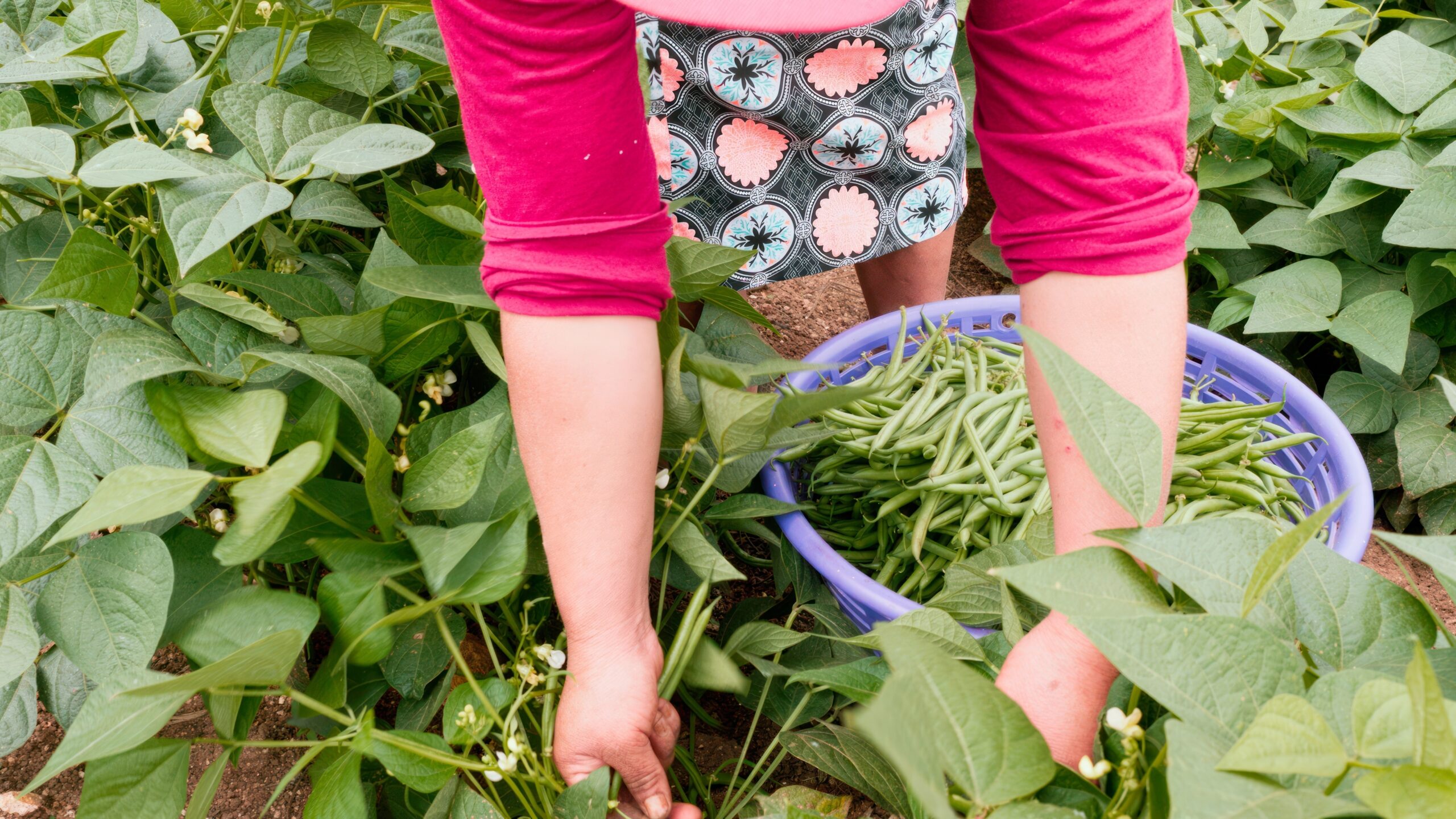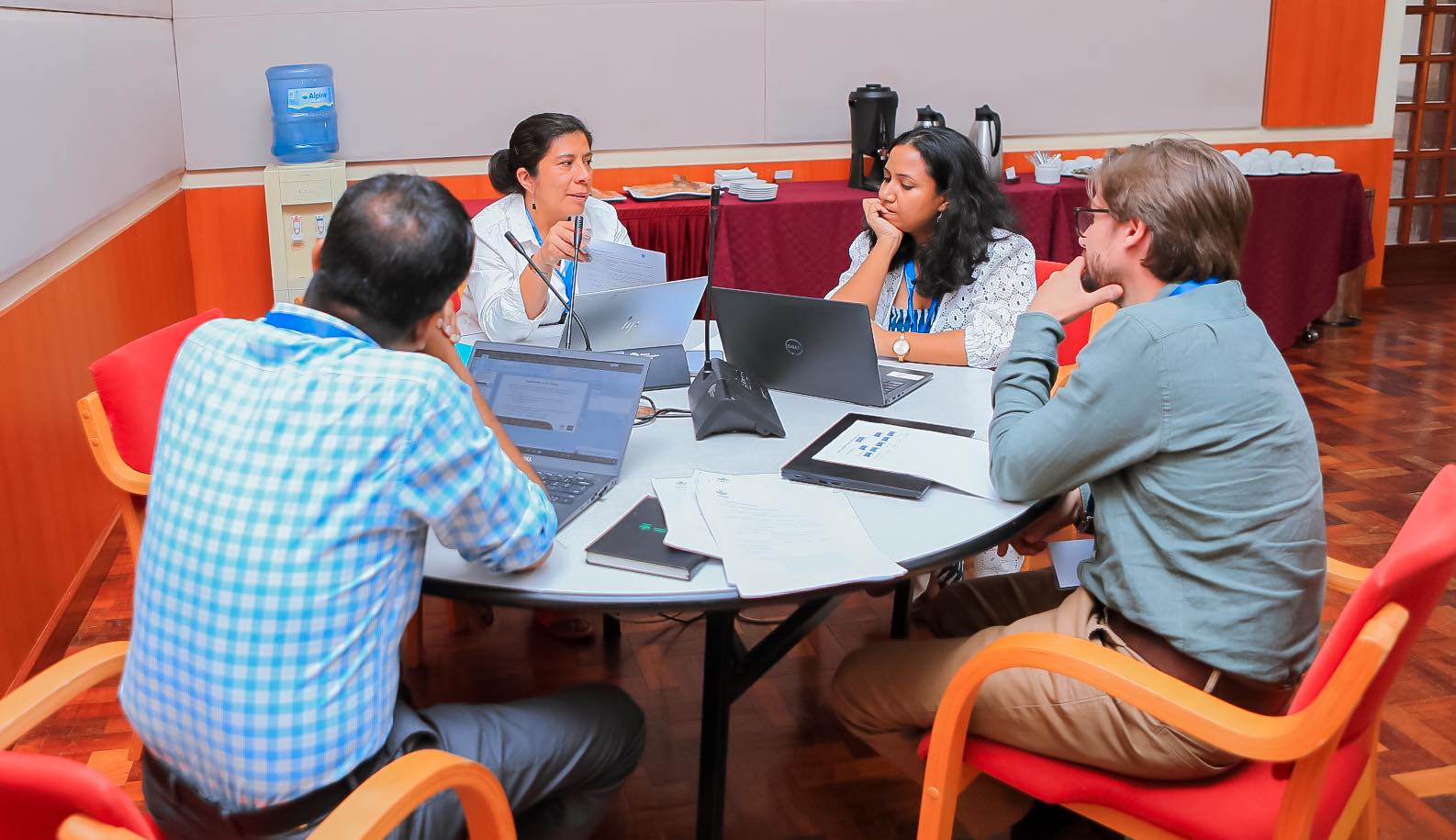“The story of why hunger persists in India is long, sometimes depressing, and full of paradoxes, the central one of course being the fact that the country actually has a booming economy and robust food stocks,” says IFPRI research fellow Purnima Menon.
“It’s a story of poor planning, social exclusion, gender inequality, and above all, a government that’s failing to translate new capital into broad prosperity for its people,” Menon writes in a commentary for the US journal Foreign Policy. In consequence, food distribution schemes being discussed as politicians debate a National Food Security Bill “will likely do little to create a long-lasting solution to hunger in India.”
Rather, she adds, “any real effort will have to start with the country’s social and governance problems, and include nutrition programs that pick their targets better.”
India’s nutrition programs have failed to provide what the most vulnerable members of its population need, and the new legislation under development is unlikely to fix this. Says Menon: “We’ve known for a long time that the period beginning before a woman gives birth and ending around the second year of her child’s life are the crucial years for addressing nutrition. Miss this window, and the battle is largely lost. India’s programs are only now just starting to take this ‘window of opportunity’ paradigm into account. But to actually translate a policy into action, reaching all children under 2 with everything that they need (breast-feeding, high-quality foods, immunizations and preventive health care, hygiene and sanitation, and above all, mothers who are healthy themselves), an approach is required that goes far beyond food distribution.”
Social exclusion—particularly of lower castes, marginalized tribes, and religious minorities—bars millions of people from participating in India’s rapid economic growth even as it impedes their access to social safety nets. Some programs have been expanded but ensuring quality of service remains a challenge, as does reaching the most vulnerable people.
Likewise, “gender inequality has been the target of a number of government and civil society programs,” says Menon. While the results of some have been mixed, the impact of others remains a mystery. “This is another problem,” she says. “Well-intentioned investments are made, but without research into outcomes, little is known about how well they work and how they can be made to work better.”
She urges international donors and non-governmental organizations to invest in programs and research with a positive effect on women and marginalized classes and minorities. Research institutions, she adds, must document the effectiveness and impact of ongoing efforts to address food security and nutrition, to report on people who are left out of such programs, and to tell the stories of those who implement successful programs in the face of these hurdles.
“India’s hunger problem is not necessarily fatal” Menon concludes. “If the country can take some decisive action, reaching out to women and the poor and excluded and scaling up the social safety net in effective ways, it could make radical changes in a comparatively short time.” She points to Brazil, China, and Thailand as countries that have succeeded at this.







